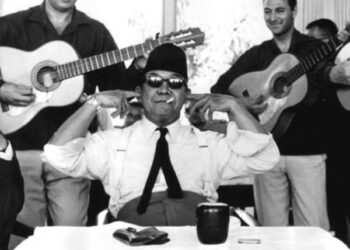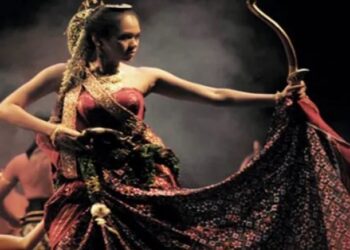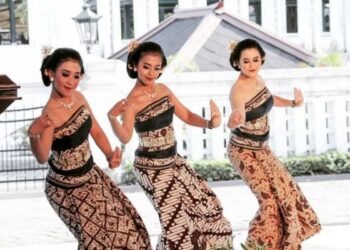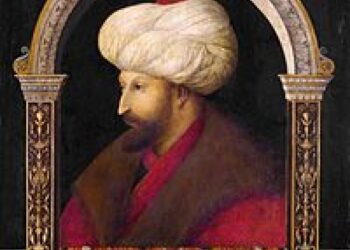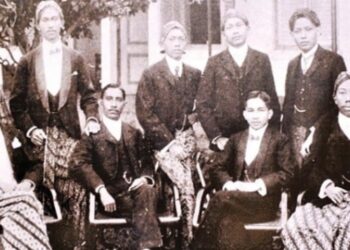CHAPTER 1

Twelve or thirteen leagues from Prince’s Island, in the narrowest part of the strait and opposite the Varkens or Hog Point of Sumatra, there is an island related to its exact location in the middle of the canal having the name Dwars in den Weg, Thwart the Way or Middle Isle. Ships that sailed through the Sunda Strait often docked in Anyer Bay to take their last freshwater supply from a small river flowing from the mountains into the sea, in this place close to a coconut forest. Not far from this village is a small island or rock which is completely covered by shrubs.
From Anyer to Banten, in general, the interior of the region is mountainous, while the beach is flatter. Navigation from this place to the Batavia road gives a pretty view with several small islands covered in green and that lie along the shipping lane. The route to Batavia can be said to be one of the best routes in the world, as well as the berth, which consists of soft clay, as well as the security it provides for each ship that is anchored to it and in the number of ships it can accommodate. At that point, at the closest point to the city, a guard ship was placed which is generally referred to as an admiral by holding a flag at the top of its mast.
Before discussing Batavia, it would not be appropriate if it did not explain the extent of the Company’s power over the entire island of Java which was divided into four empires or four kingdoms which were wholly or partly under the Company’s influence. The second kingdom in Java was Jaccatra, on the eastern side bordering Cirebon and with the kingdom of Banten in the west. Before the revolution, Jaccatra was the capital of the kingdom, but now Batavia which was built near the city had become a major territory.
The third kingdom is Cirebon. This territory was under the control of three different princes who were independent of the influence of the Company and sovereign in their respective territories. They were only a handful of princes in Java who not only had nominal authority but also had real sovereignty, if only not because their territory was located between Jakarta and the Susuhunan empire or the Javanese emperor who also became an area dependent on the Company which had certainly made them stand respectfully and who make all their wishes they must pay attention to, because if not, the Company would not hesitate to overthrow one of the princes and replace it with another.
The fourth kingdom was Susuhunan, the King of Java, who because of his residence was often called Susuhunan Mataram. This kingdom controls part of Java Island. Then the kingdom was divided into 2 parts. Part one was handed over to Mangkubumi and was titled Sultan, while the other consisted of one-fifth of the Javanese royal territory.
BIBLIOGRAPHY
Stockdale, John Joseph. 2011. Eksotisme Jawa. Ragam Kehidupan dan Kebudayaan Masyarakat Jawa. Yogyakarta: Progresif Books.






